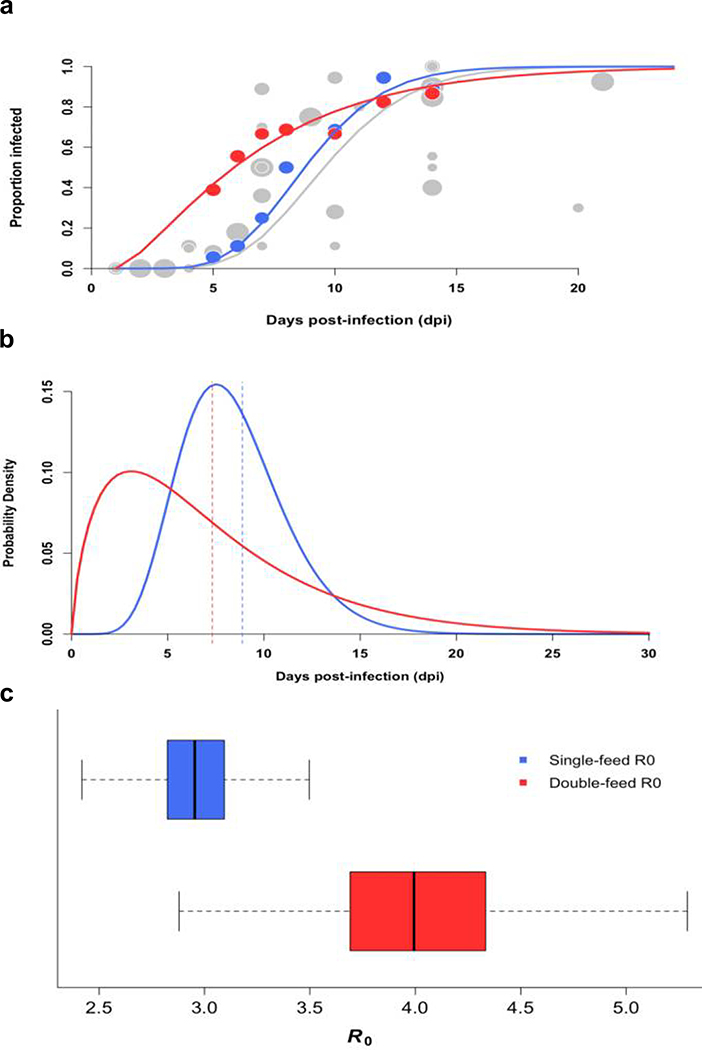Figure 3: Offering mosquitoes a second bloodmeal post-infection decreases mean EIP and increases transmission potential of ZIKV.
(a) Data from our single-feed disseminated infection experiments (●) and double-feed disseminated infection experiments (●) are shown with respective fitted gamma cumulative distribution function (CDF) ( (−) single-feed,; (−) double-feed). Each data point represents the proportion of infected mosquitoes at a single time point in a given experiment; the radii correspond proportionally to both the sample size and weight in estimating the parameters of the CDF. For reference, we also estimated ZIKV dissemination rates in Aedes aegypti mosquitoes offered only one infectious bloodmeal based on data from seven published studies along with our own single-feed results (●), and fitted a gamma CDF to the aggregated data (gray line). (b) Posterior densities for the single-feed EIP (−) and double-feed EIP (−) are plotted with corresponding means of the respective EIP shown by the dashed lines. (c) The boxplots display the distribution of mean R0 values for mosquitos offered a single bloodmeal (blue) versus a second bloodmeal (red). The boxes represent the interquartile range of the mean R0 values, the black line within the box marks the median, and the whiskers indicate the 10th and 90th percentiles of the mean R0 values.

